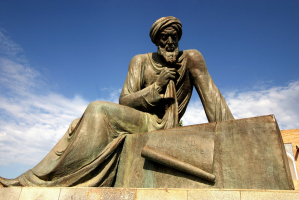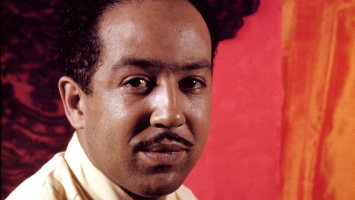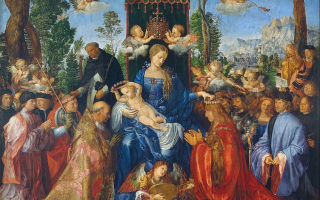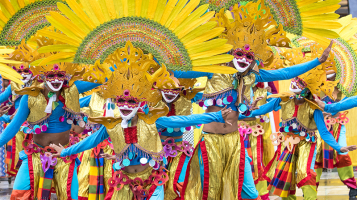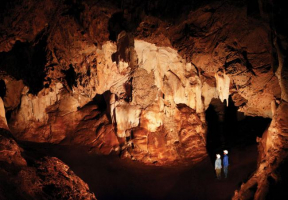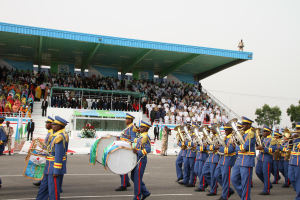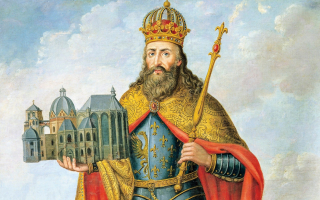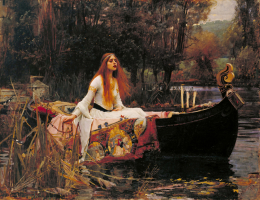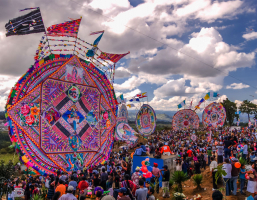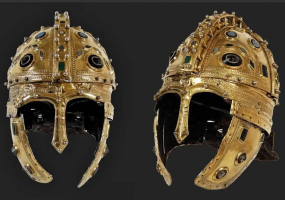Top 10 Most Famous Renaissance Geniuses
The Renaissance, also known as the Age of Enlightenment, was a nearly 300-year period in Europe and is a frequent stop when traveling through Western culture. ... read more...It is a period of rebirth, marking the fundamental revival of social, political, cultural, artistic, and other developments that occurred between the 14th and the 17th centuries. It is seen as the transitional period between the Middle Ages and modernity, bringing forth numerous reforms as well as the rise of well-known figures and their enduring contributions. These ten most famous Renaissance geniuses provided far more than mere concepts; instead, they carved out a space for themselves and will be remembered for generations.
-
Durante di Alighiero was a philosopher, poet, and political theorist. Dante, also known as Degil Alighieri, is regarded as the founder of modern literature in Italy. He was born in 1265 into a family with a long history of involvement in the Florentine political rebellion, which served as the inspiration for his epic poem La Commedia, often known as The Divine Comedy.
His work is laudable, and historians from all over the world have credited it to having several underlying levels. Allegorical speaking, it is a poetry that transports the audience to a place beyond worldly bounds, including hell, purgatory, and paradise. The poem's center, however, contains figments of Christian philosophy exploring the enigmatic realms of the afterlife. Another theory holds that he was inspired to write this epic by his own experience of exile in Florence. In spite of this, it is regarded as the greatest work of art due to the abundance of imaginative expression.
It is written in his own tongue rather than Latin, which let Italian literature and semantics grow and became the dominant literary language in western Europe for many years.
Born: May 21 - June 20, 1265
Died: September 13, 1321 or September 14, 132
Notable Works: “Literature in the Vernacular”; “La vita nuova”; “The Banquet”; “The Divine Comedy”
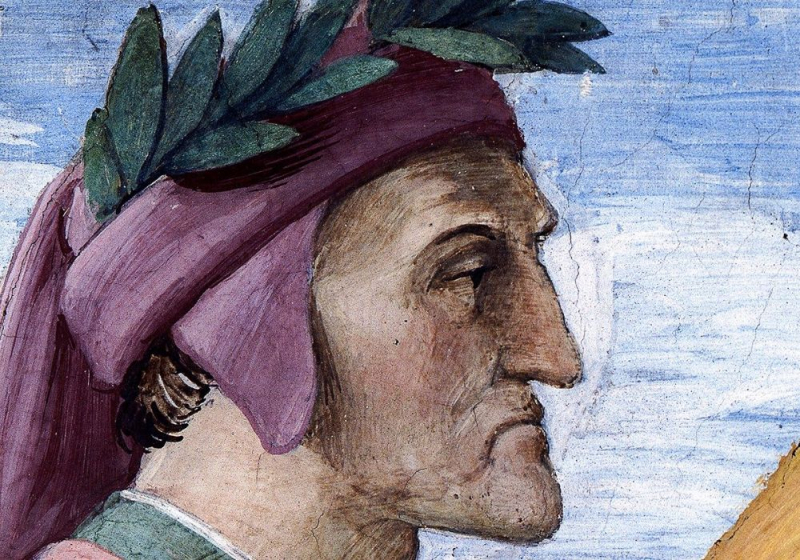
Photo: Vatican News 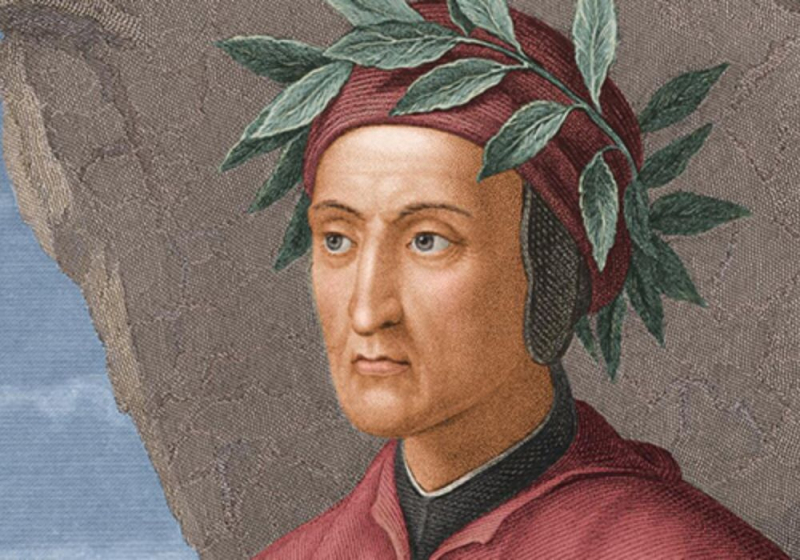
Photo: nghiencuuquocte.org -
Giotto di Bondone, one of the most famous Renaissance geniuses, was an accomplished artist of the Italian Renaissance who was proficient in fresco, painting, and architecture. The Scrovegni Chapel's walls are the clearest example of his introduction of the ground-breaking painting method, which replaced the conventional Byzantine style with lifelike Renaissance paintings.
Because of the depth and delicacy of his tempera paintings, he was hailed for long years as the Father of European painting. He was supposed to have been Cimabue's closest disciple and the most coveted painter of the 13th century.
The startling similarity between paintings by Giotto and Cimabue serves as evidence for this. In addition, it's thought that Cimabue popularized a ground-breaking method in the 13th century, and Giotto carried the tradition into the 14th century and beyond. Only the faces of people assuming the immense tension and drama of forgoing and liberty are graced in a classic Giotto painting. Giotto's artwork adhered to emotionalism and rejected the early Byzantine style, which gave his paintings an exceptionally lifelike appearance.
Born: 1276 1266 or 1267
Died: January 8, 1337 (aged 61)
Movement / Style: Renaissance
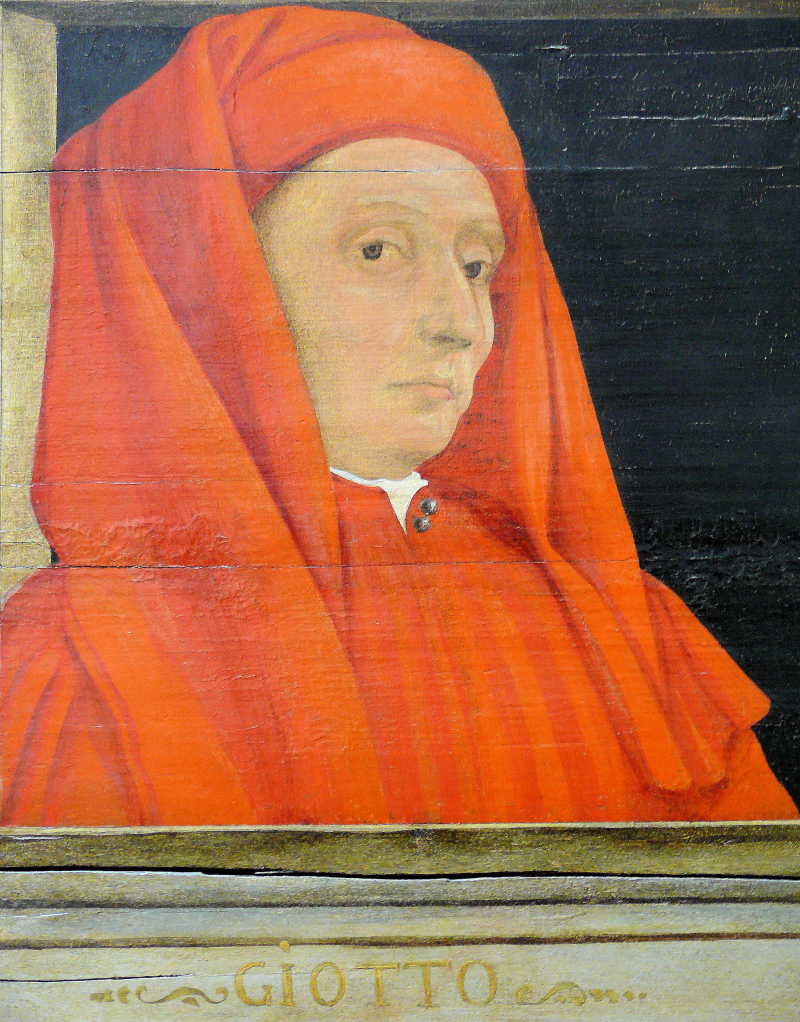
Photo: Wikipedia 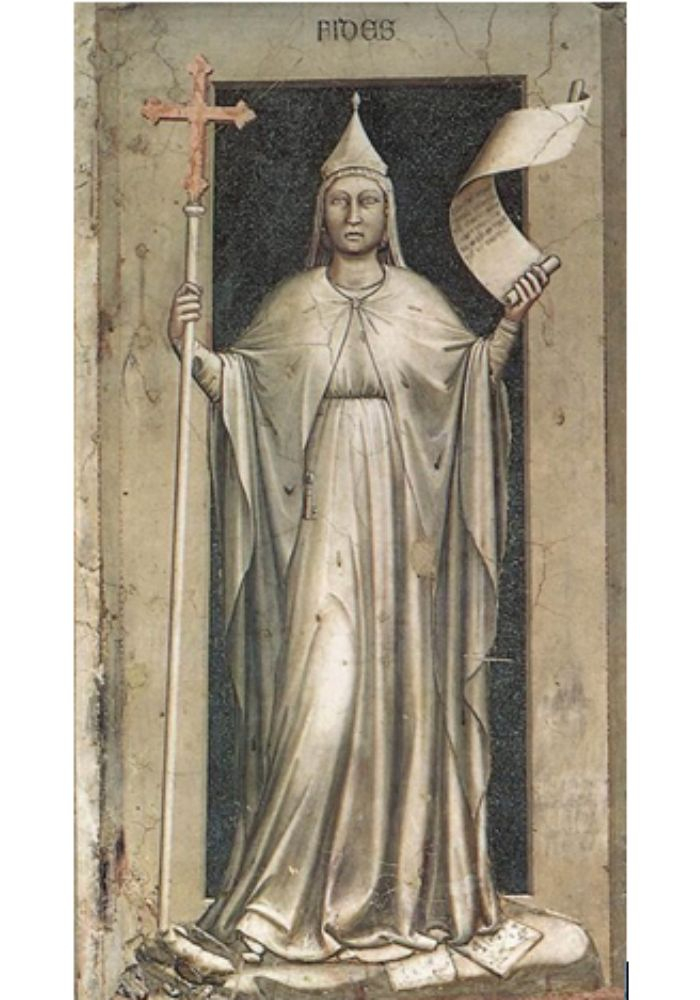
Photo: dongten.net -
The most notable author of the Middle English Period is Geoffrey Chaucer, without whom any discussion of Middle English poetry is wholly irrelevant. He is without a doubt the Middle English poet under whose skillful and assured guidance both the English language and literature reached their full development. He is far superior to other poets of his era due to his breadth, complexity, funny tone, inherently humanitarian attitude, and semantic genius.
His familiarity with European literature allowed him to discuss topics and viewpoints present in European literature in English. He was an astute observer of human nature and captured it with a delicate blend of humour and tenderness. His training in a courtly and diplomatic lifestyle allowed for the multiplicity of his characters, and he was good at portraying them with the utmost conviction.
Due to his work and relationship with the King, he had the opportunity to travel to many other nations and interact with a wide range of individuals, from the affluent to the imperial. Having a thorough understanding of life's ups and downs. His trip to Italy is crucial since it exposed him to Italian literature and the writings of Dante, among other authors. One of Chaucer's poetry' numerous characteristics is that they are satirical portrayals of metaphorical themes. He created and composed in rhyme royal, a stanza-length form with seven rhymed lines. The Canterbury Tales is Chaucer's most well-known work. It is praised for its sheer semantic brilliance and deft wit despite being an incomplete work. He was a leading figure in the Chaucer Age, which bears his name.
Born: 1342 or 1343
Died: October 25, 1400Notable Works: “Hous of Fame”; “Legend of Good Women”
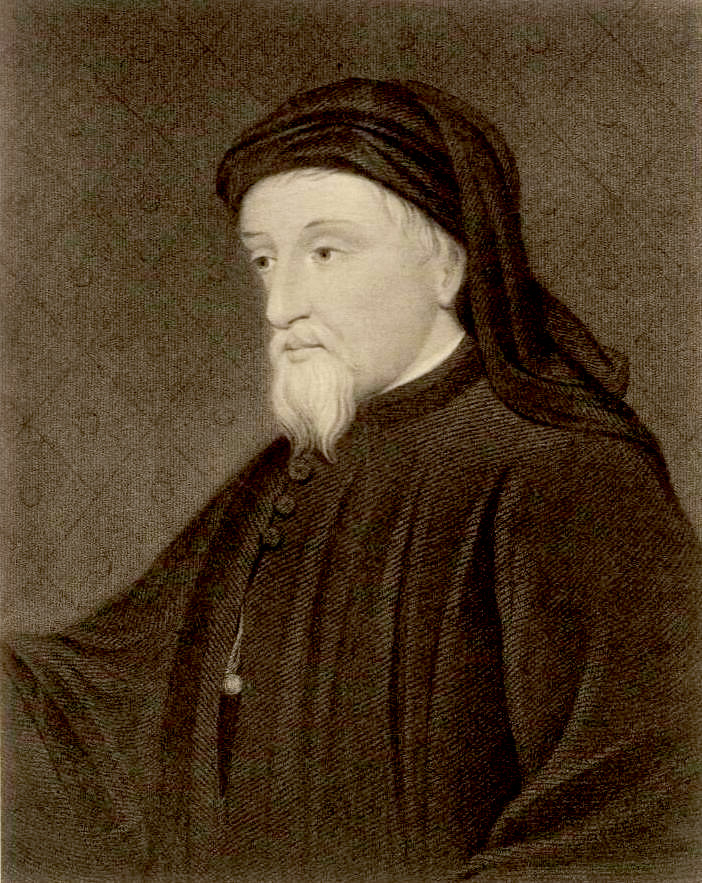
Photo: Wikipedia 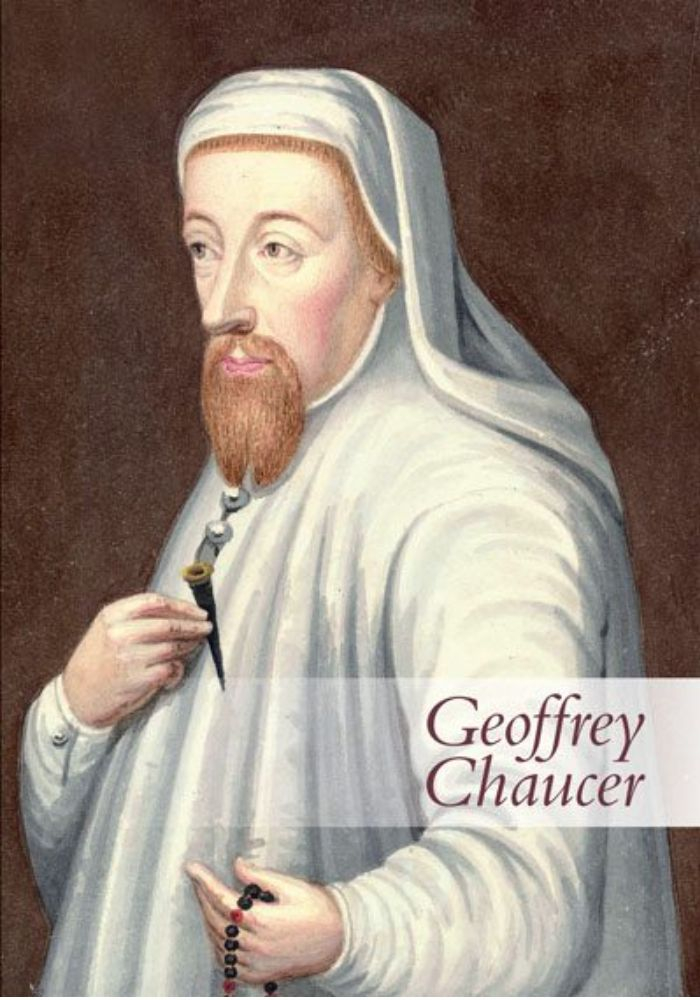
Photo: Scala Publishers -
To what extent should we obey the rulers and to what extent should we question them and spark revolutions in the pursuit of reformation? There was another most famous Renaissance genius, Thomas Hobbes, was an English philosopher active in the 17th century who thought about one of the most contentious issues of not only his time but something that is still relevant today in all eras and in all universities.
The English civil war, which raged across England for over ten years, was a vital event that he had the opportunity to observe. It was this bloody and devasting struggle that caused Hobbes to reflect on the most important issue of the protection and obedience of the people.
He adhered to the "Social Contract Theory" that was rapidly gaining ground among opposition organizations and saw the government as the protector and supplier of the people. He presented a brilliant political philosophy to create a peaceful connection between the two. He wrote the book "Leviathan" in 1651, which is considered to be the most convincing, specific, and eloquent argument ever made for obeying the law.
Born: April 5, 1588
Died: December 4, 1679 (aged 91)
Subjects Of Study: Motion; Absolutism; Church and state; Commonwealth; Egoism; Natural law; Nominalism; Social contract; Sovereignty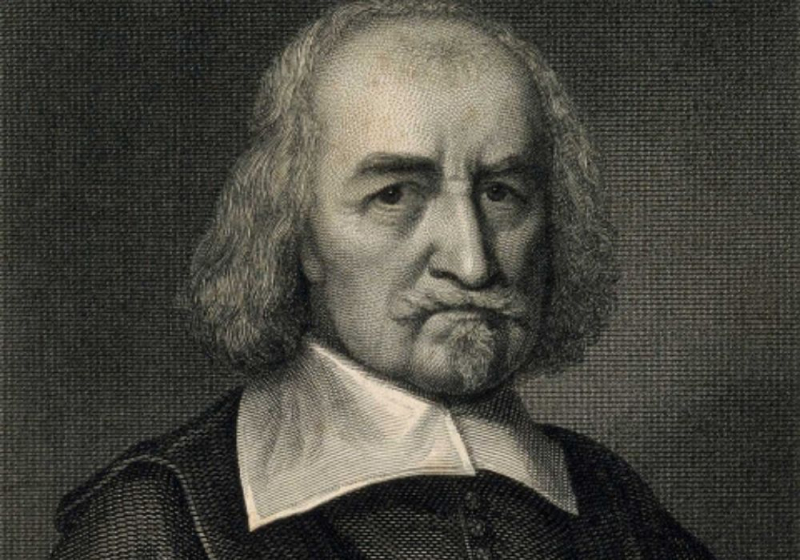
Photo: History Today 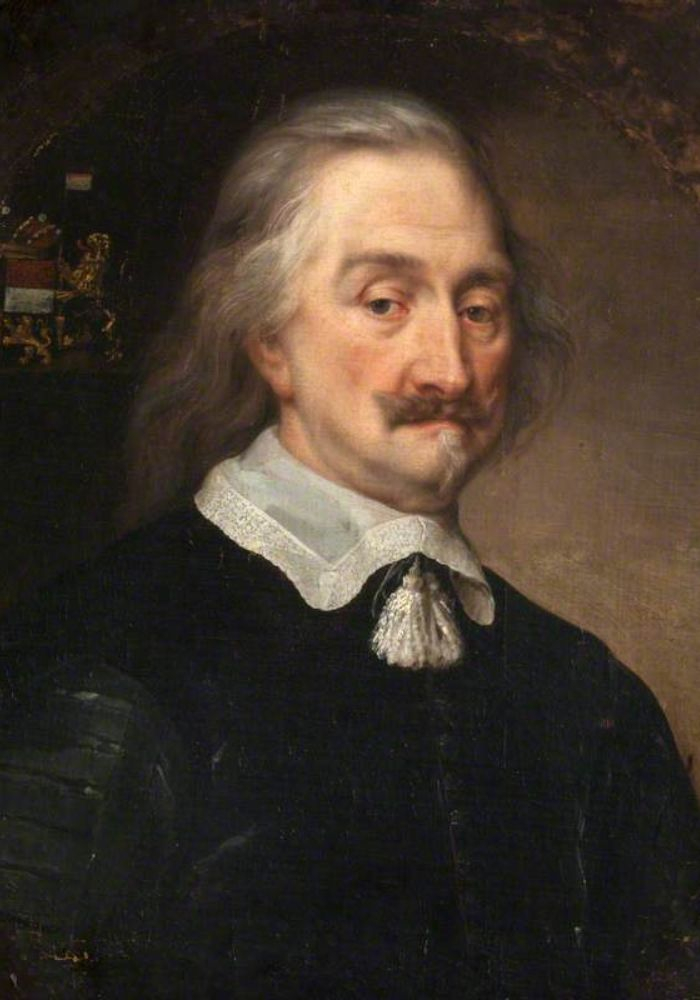
Photo: Wikidata -
A mathematician and astronomer from Prussia during the Renaissance, Nicolaus Copernicus. He loved astronomy and astrology because he had studied liberal arts in school. He is also one of the most famous Renaissance geniuses
The paradigm-shifting "Heliocentric theory," also known as the "Suncentric theory," that all planets revolve around the Sun's fixed center was proposed by Copernicus. In addition, he suggested that the Earth, in addition to its yearly rotation around the Sun, also circled its own axis every day and night, causing the equinoxes.
In the history of evolution, this was hailed as a ground-breaking finding. It was such a significant finding that it continued to influence influential people like Galileo, Newton, and Descartes.
Born: February 19, 1473
Died: May 24, 1543 (aged 70)
Notable Works: “De revolutionibus orbium coelestium libri VI”
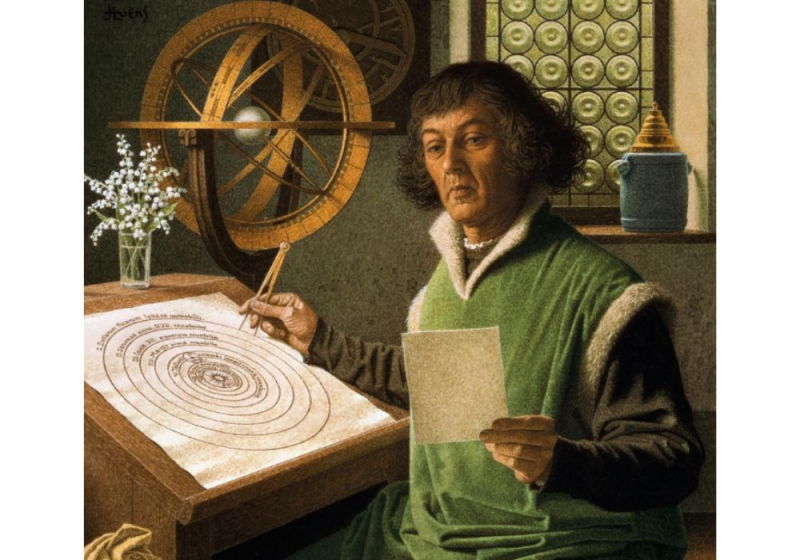
Photo: Báo Khoa học và Phát triển 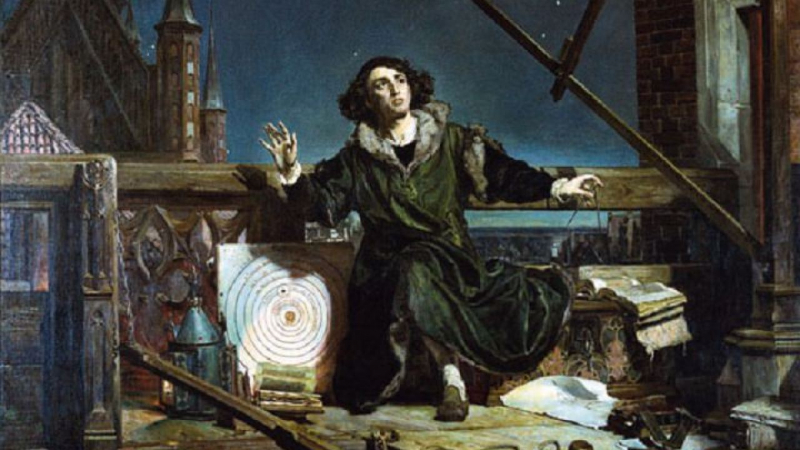
Photo: Songbinhan.com -
Italian-born Galileo Galilei was a Pisa-based physicist, astronomer, and engineer. He underwent Catholic baptism when he was four years old. He was an avid maker at a young age. He was always creating tiny, amusing devices to amuse his teachers and acquaintances. Later, he relocated to Florence, where his father had found a stimulating atmosphere for intellectual development.
Galileo grew up during the height of the Renaissance. Everyone soon came to understand his genuine potential as a keen observer and God-gifted mind. He had learned observation and experimentation techniques from his father's lectures, and he had mastered the use of logic and religion in a monastery.
Galileo's discoveries about motion, trajectory, and the law of falling bodies had a tremendous impact on the study of motion. He made a significant contribution to science by developing a mathematical method for locating natural facts. His invention of the telescope completely altered the system and provided evidence for the heliocentric theory. He was the first to assert, at great personal risk, that the Earth orbited the Sun, in defiance of the church and conservatism. He was condemned for disobeying the church, yet he is well regarded today.
Born: February 15, 1564
Died: January 8, 1642 (aged 77)
Notable Works: “Dialogue Concerning the Two Chief World Systems - Ptolemaic and Copernican”; “The Sidereal Messenger”
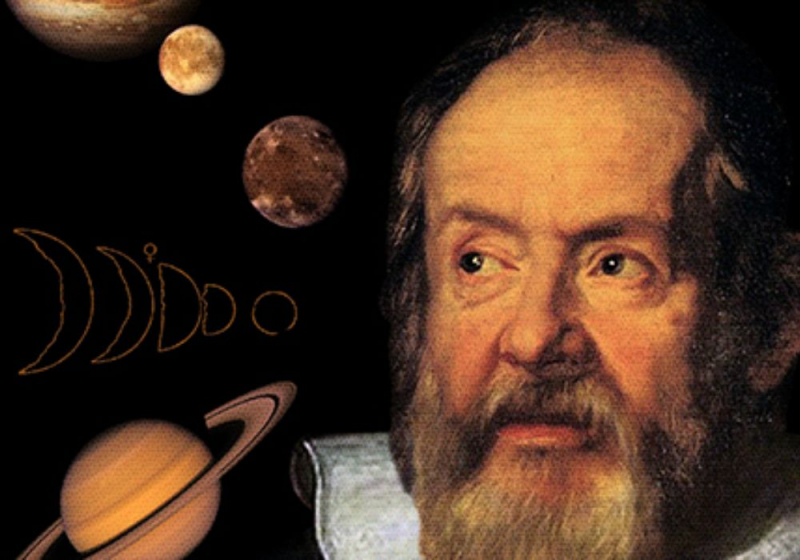
Photo: VnExpress 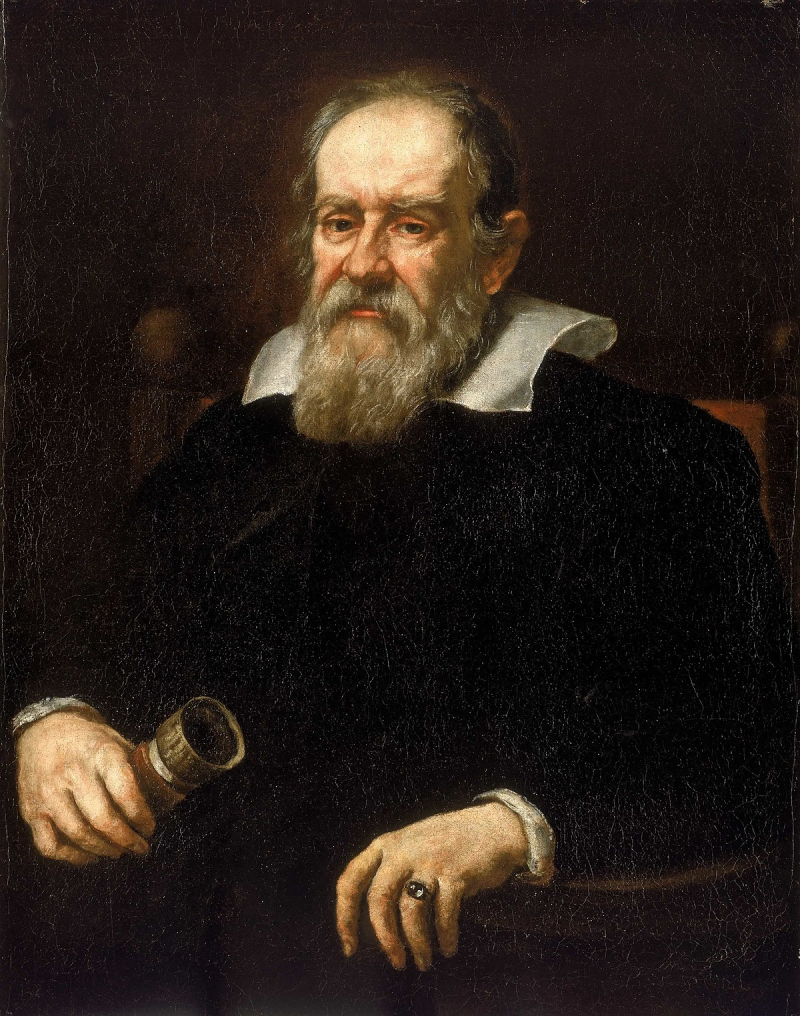
Photo: Wikipedia -
The phrase "Je pense, donc je suis," which was first used in French, rejected the traditional methods of learning through the senses and developed a new type of knowing through doubt and reflection. Descarte was the first to abandon Aristotelian teachings in favor of his own understanding of the dichotomy between the body and the mind. He also holds the title of "Father of Modern Philosophy" for the same reason.
René had a law degree at first, but he had never tried a case. He had always been quite interested in science and math. He was intended to do more than confine himself to the courtroom; in fact, he could have made a greater contribution to the world.
Over the course of his life, Descarte created numerous inventions. With his brilliant discoveries in fields like analytical geometry and logical reasoning, he revolutionized several branches of mathematics ( applied in all sciences and every field of knowledge). His book, "Guidelines for the Direction of the Mind," neatly compiles these discoveries and makes four precise mathematically determined rules for problem-solving. Descarte had always been a reclusive individual, retiring to his remote fort to give himself more time for his philosophical endeavors. Despite his secrecy, he deserves praise for his ground-breaking concepts and motivations.
Born: March 31, 1596
Died: February 11, 1650 (aged 53)
Notable Works: “La Géométrie” “Letter to Voetius” “Meditations on First Philosophy,...
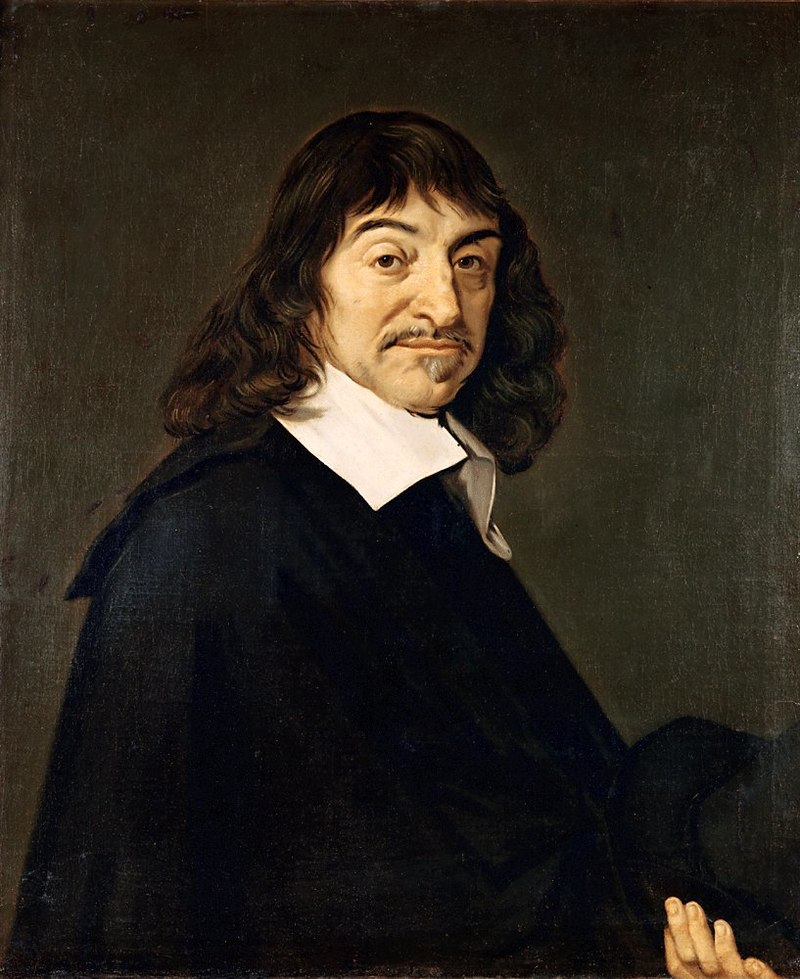
Photo: Wikipedia 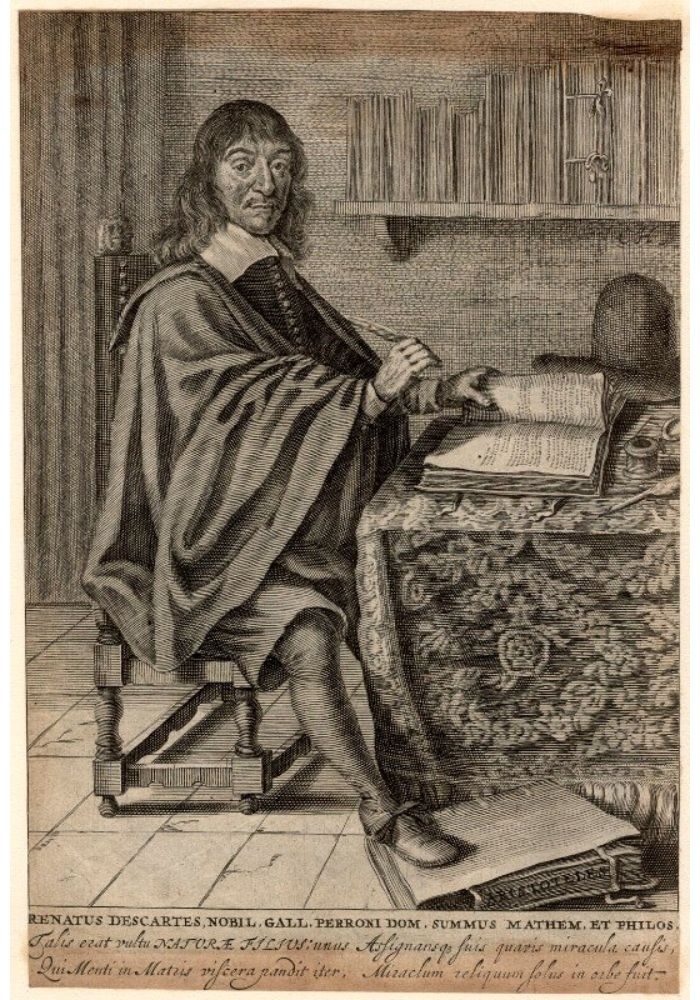
Photo: National Portrait Gallery -
Erasmus, often known as Desiderius Erasmus or just Erasmus, was one of the greatest thinkers of the Renaissance. He was a well-known figure in classical literature and a Patristic scholar.
He frequently recalls this strict communal system where he spent his boyhood seeking monastic vocations and where he later developed a profound love of classical literature. In his later years, he pursued theological studies. Erasmus was adamant about spreading classical studies throughout the world, and as a result, he attracted a few students to the university. These students' legacies were eventually used in humanist schools.
He is well known for penning the New Testament and saying that "the Christian people would be spared countless conflicts if the Gospel were sincerely preached." He attracted a large following through his teachings, and finally he oversaw a widespread reformation. His sermons played a critical role as a trigger for both the Catholic Counter- and Protestant Reformations. The former architect of the religion, which was heavily governed by the political elite, was completely altered by him. His copious works in Latin and Greek, as well as his sarcastic writings, contribute to the reformations.
Born: October 27, 1469 October 27, 1466?
Died: July 12, 1536 (aged 66)
Notable Works: “Adagia”; “Antibarbarorum liber”; “De libero arbitrio”; “De sarcienda ecclesiae concordia”,...
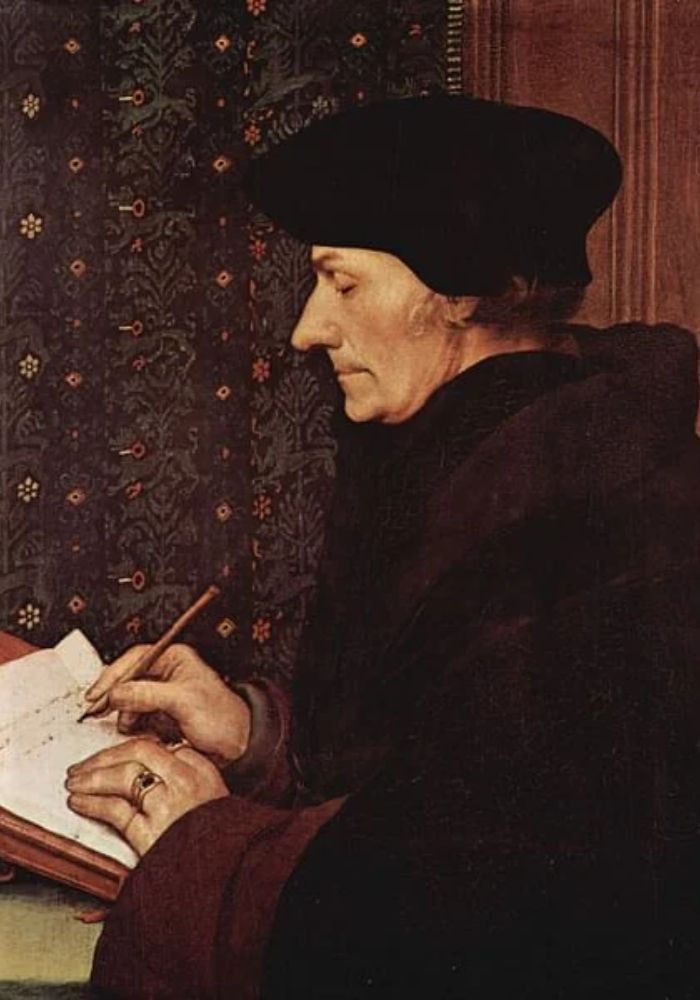
Photo: World History Encyclopedia 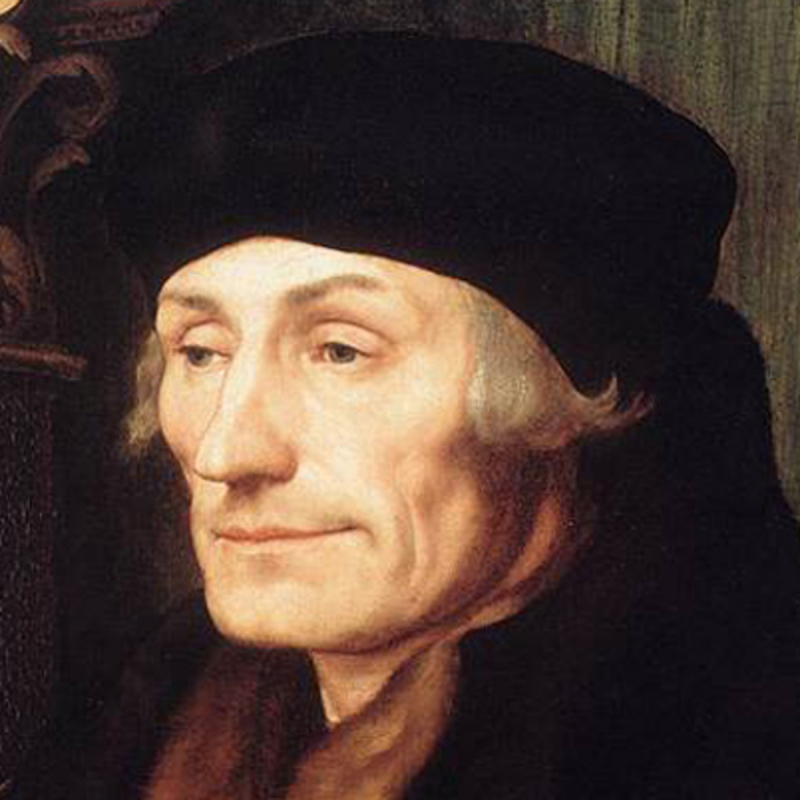
Photo: Biography (Bio.) -
William Shakespeare, who is frequently referred to as England's national poet, is a literary master who has been read and admired for more than 400 years. Because there is so little information on his birth, schooling, and upbringing as a whole, his life and time may only be inferred from thin strands of supposition.
However, it is evident that he wrote 154 sonnets, various plays, 37 plays with a total of three or four different colorful themes (romances, tragedies, comedic tragedies, and histories), and that he was the most well-known author in the entire globe. His works, like as "As You Like It", "Twelfth Night", "A Midsummer Night's Dream", "The Tempest", and many others, are almost all regarded as classics. Not to mention his love of eloquence, dark subjects, narcissism, metaphors, and remarks that almost always struck a chord with both the queen and the common people, his writings move readers to tears and laughter.
Additionally, he used the "iambic pentameter", a self-invented literary style that allowed for ten syllables each line in his sonnets. Shakespeare was a master of poetry and, more importantly, of language. Every statement, whether it be an arrogant response by a character or just a soliloquy: To be or not to be, that is the question - which also happens to be my personal favorite - has been kept for years and years and is still frequently quoted today.
Baptized: April 26, 1564
Died: April 23, 1616
Notable Works: “A Midsummer Night’s Dream”; “All’s Well That Ends Well”; “Antony and Cleopatra”
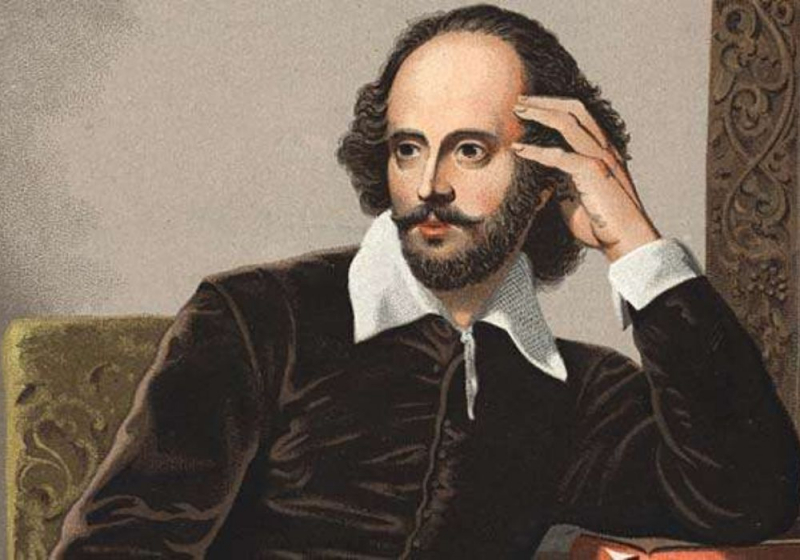
Photo: Trung tâm gia sư Tâm Tài Đức 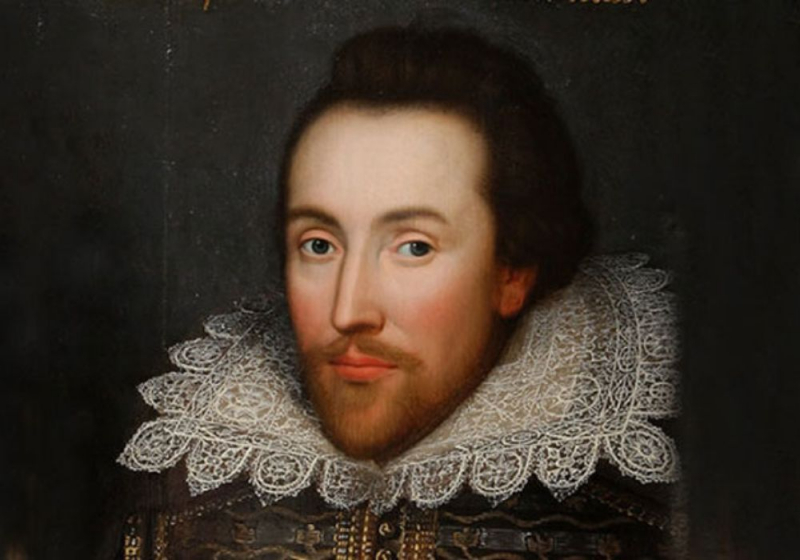
Photo: Báo Đà Nẵng điện tử -
Another most famous Renaissance genius, Leonardo da Vinci, a visionary painter, sculptor, and architect, represented the ideal person throughout the Renaissance. His paintings Last Supper (1495 - 1488) and Mona Lisa are the most well-known (c. 1503-06).
In his formative years, Leonardo studied the fundamentals including reading, writing, and mathematics. He was born in Florence, Italy to Ser Piero and Catarina. He began working as a shadow artist for Andrea del Verrocchio when he was 15 years old. There, he learned a variety of skills, including painting, sculpture, and technical mechanical arts.
During his time in Milan, he produced six paintings, including the massive wall painting of the Last Supper, which is one of his most well-known pieces. He worked as a hydraulic and mechanical engineer in addition to painting. He is especially famous for his painting Vitruvian Man, which illustrates the complex bond between man and nature. The Last Supper is a combination of colossal simplicity and scenic composition; the painting depicts the tension incident that starts with one of the disciples and spreads to the next disciple until bouncing off all 12 of them, who are positioned facing the Christ.
While Christ is the only one who is unperturbed and is sleeping peacefully, Leonardo depicted a time of intense tension between the Apostles. The Mona Lisa became the new standard for all other portraits after it. Every careful eye will notice the astonishing fusion of the sitter and the surroundings, which is a reflection of the inextricable bonds between man and nature.
Born: April 15, 1452
Died: May 2, 1519 (aged 67)
Notable Works: “Battle of Anghiari”; “Last Supper”; “Leda”; “Mona Lisa”
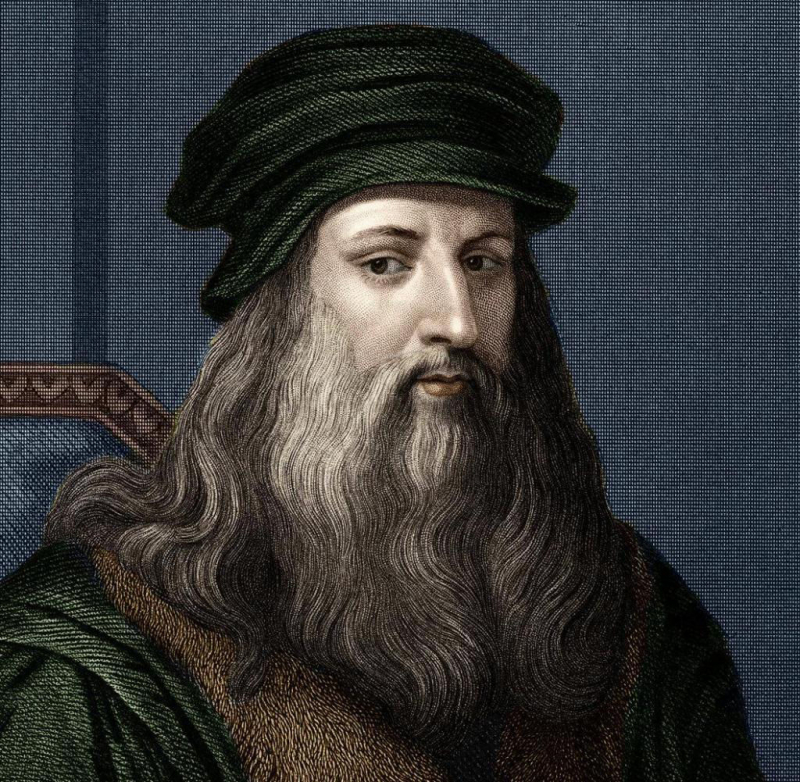
Photo: cuahangtemsach.com 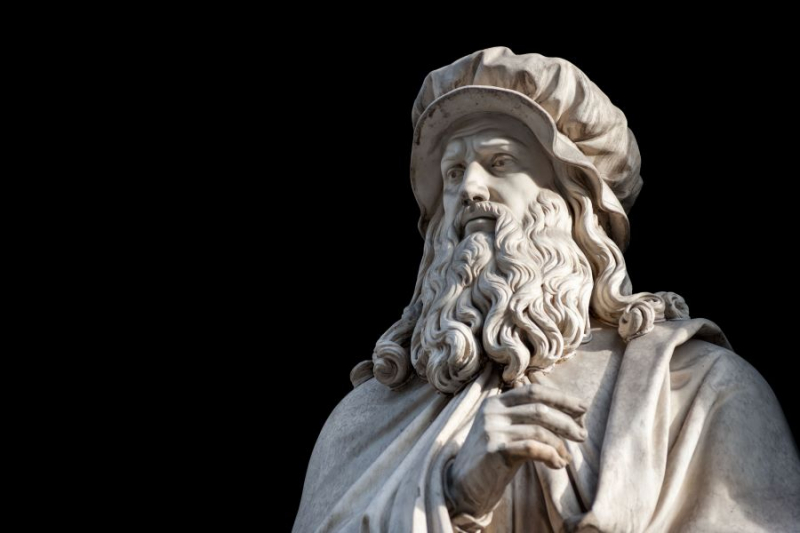
Photo: www.kiettacnghethuat.com












